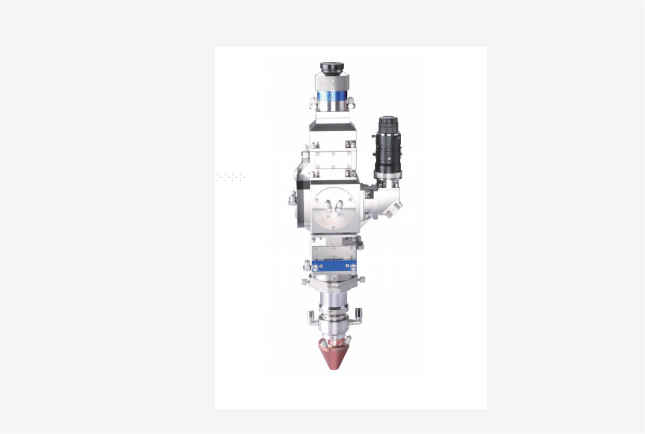
In some applications, laser cladding does offer a promising alternative to traditional electroplating methods. Plating is the deposition of a layer of metal on a substrate through an electrochemical process, while laser cladding uses a high-energy laser beam to melt powdered metal or alloy onto the surface.
Here are some advantages of laser cladding over electroplating:
Accuracy: Laser cladding allows precise control of the thickness and composition of the deposited layer, resulting in more accurate and consistent results compared to electroplating.
Material flexibility: Laser cladding can be used on a variety of materials, including metals, ceramics, and even some polymers, providing greater flexibility in selecting coating materials based on specific application requirements.
Reduced waste: Electroplating often involves the use of toxic chemicals and produces hazardous waste, while laser cladding is a more environmentally friendly process that produces minimal waste.
Enhanced adhesion: Compared to electroplating, laser cladding typically results in a stronger bond between the coating and the substrate, resulting in enhanced durability and resistance to wear and corrosion.
Complex Geometries: Laser cladding can be used to coat complex geometries and hard-to-reach surfaces more efficiently than electroplating, making it suitable for a wider range of applications.
Thermal Management: Laser cladding allows for better control of heat input during the coating process, reducing the risk of thermal damage to the substrate and enabling coatings to be deposited on heat-sensitive materials.
However, it must be noted that both laser cladding and electroplating have their own advantages and limitations, and the choice between the two methods depends on factors such as cost, required coating properties, substrate material and application details. Furthermore, continued advances in both technologies may further impact their future comparative advantage.
